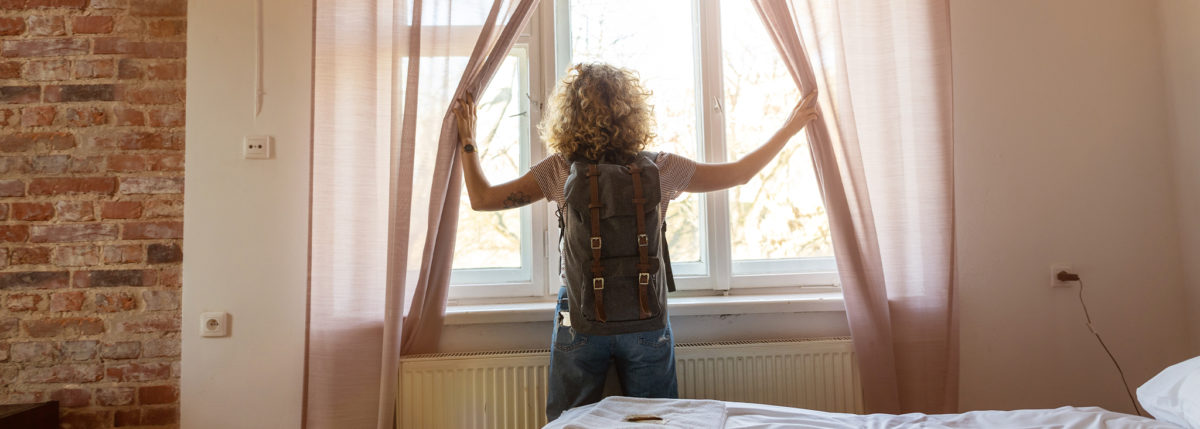T1D in the Dorm Room
Editor’s Note: For more information on managing type 1 diabetes in college, sign up for Beyond Type 1: College Edition, our email series on all things college + type 1 diabetes (T1D).
Your dorm room serves as your tiny space of peace in the craziness of college life. Having type 1 gives you the added adventure of fitting all of your extra supplies into this little abode. Check out these helpful tips to staying prepared, organized and successful in fitting type 1 into your college experience.
Stock up on supplies
Always be on top of your supply game. Stock up on supplies that will last you at least three to four months. You can also plan your big haul based on trips home for holidays or academic breaks. Here’s a list of essentials:
- Batteries for meters and pumps as needed
- Nasal glucagon and Emergency glucagon kits as needed
- Insulin (refrigerated) both long and short-acting
- Syringes, lancets and extra test strips
- Ketone strips or meter
- Infusion sets (for insulin pump)
- Supplies for insertion, like alcohol pads and adhesion wipes
- Extra continuous glucose monitors, transmitters and sensors
- Extra meter in case of emergencies
Low Box
Make your low box bigger and better. Prepare yourself with everything and anything that you need to treat a low blood sugar. Shop for these supplies at your local warehouse club store such as Costco or Sam’s Club.
- Juice boxes in bulk
- Glucose tablets
- Glucose gel
- Snacks like granola bars and crackers
- Kid-size candies with 15 grams of carbs (Skittles, Starbursts, Sweet Tarts, Airheads)
- Whatever your go-to low treat is!
Sick-day Kit
College is a place where you can pick up a variety of sicknesses easily. Make sure you have the supplies necessary to make it through a sick day. You should invest in a small bag to throw in your backpack for a busy day of classes on campus.
- Blood glucose monitoring supplies
- Hand sanitizer
- Sugar-free cough drops, syrups and throat lozenges
- Non-steroidal pain and fever relievers, such as ibuprofen and aspirin
- Glucose tablets or gel
- Insulin pump supplies or insulin pens
- Nasal glucagon BAQSIMI or Glucagon emergency kit
- Ketone strips
- Liquids (Bottled water, juiced boxes, sports drinks)
For further reading, check out Cold and Flu and What to Do.
Storage
There will be a limited amount of space for you to keep all of your supplies. Here are some ideas on saving space though!
- Rolling drawers: Choose a three-drawer rolling set that you can store under your bed. Give all your diabetes supplies a home on one or two of the shelves.
- Hanging shelves: Invest in some hanging shelves can fit in your closet. They are great options to save space and get a great amount of room to fit your supplies.
- Storage Foot Stool: Find a good sized foot stool that has a top. Under the top, you can keep your secret stash.
Labeling
Washi tape (colored paper tape) is a stylish and colorful way to organize your supplies. Like painter’s tape, it removes from surfaces without residue. In other words, it is perfect for decorating and labeling all of your needs in different colors and patterns.
Update your roommate
In any case of an emergency, let your roommate know where your supplies are just in case you need assistance. Show them your emergency glucose kit, your low box and anything else that you would need assistance with in an emergency. You should let your neighbors and RA know as well.
Keep an emergency contact list
Write down a list of emergency contact information and place it somewhere visible in your dorm. You should have numbers for the campus security, nurse’s office, dean of students and emergency contacts from home should you or a friend need to make a call.
Return to College/University page.





